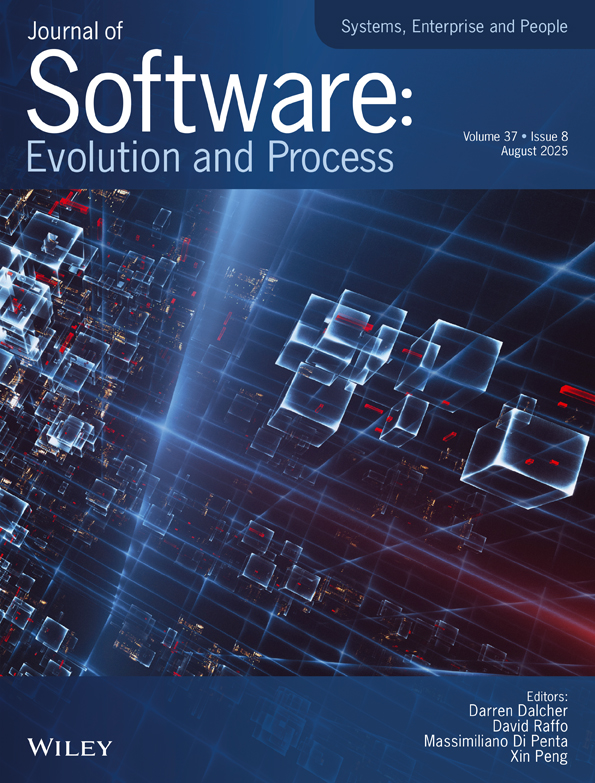Traceability aspects of impact analysis in object-oriented systems
Abstract
Impact analysis is an essential activity as cost and effort estimation is based on its outcome. Impact analysis, as performed in an industrial object-oriented system, has been analysed and evaluated in this case study. Preceding the design phase of the fourth release of the PMR system (PMR R4), the consequences of a set of new requirements were analysed. Traceability links were established between each new requirement and the objects predicted to be changed in the design object model, which represent the C++ classes in the system. The impact analysis as performed in this study was successful in the sense that the software engineers in the study prefer this way of working. When asked, they claim they are sure the number of objects to be changed is correct, while they are less sure about the number of man-hours required. The analysis of the impact analysis shows that individual objects are often predicted almost correctly, but that the number of actually changed objects is often greater than the number of predicted objects. The study also shows that tracing by interviewing knowledgeable software engineers is far more common than consulting object models and other kinds of documentation. A factor that prohibits software engineers using object models more extensively is lack of detailed information. We see a promising potential for using traceability, together with the use of existing object models, to achieve a more structured impact analysis process and accurate prediction. © 1998 John Wiley & Sons, Ltd.




